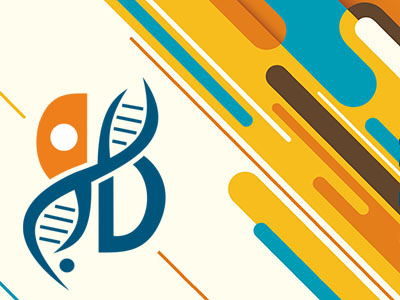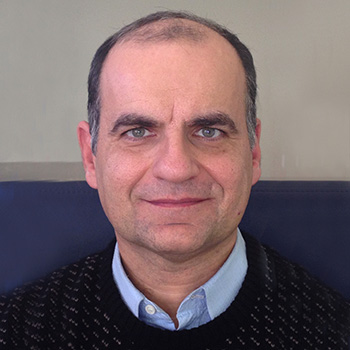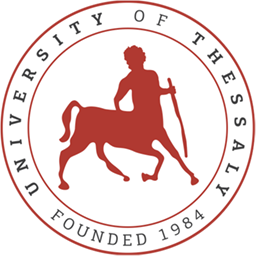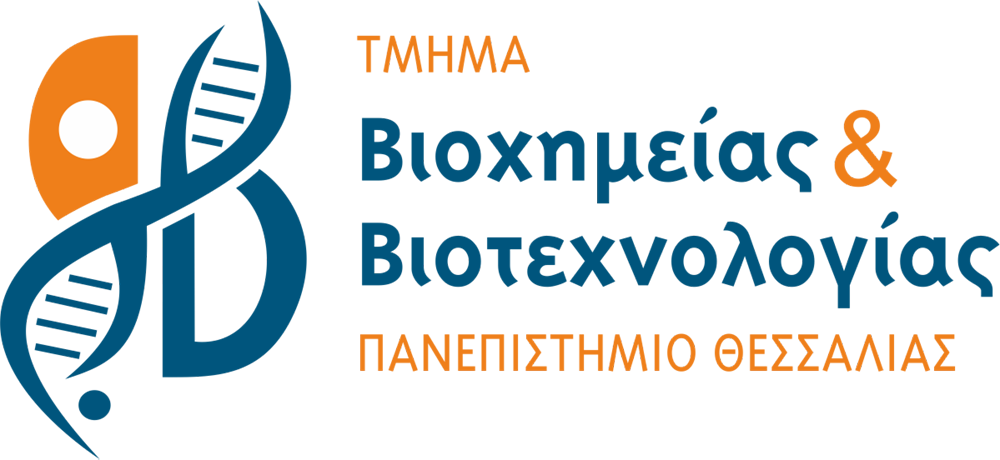Biochemistry of Cell Damage and Protection

Theory: 2 hours/week | ECTS Units: 4
Tutoring in the English language is offered to Erasmus students
Content – Aim of the course
The purpose of this class is to introduce basic knowledge on the impact of damaging agents, such as environmental factors, pollution, biochemical processes, etc, at a cellular and molecular level. It focuses on the biochemical mechanisms that mitigate the deleterious effects of cell damage. The students that have completed the class are expected to became familiar with fields as:
- Mechanisms that regulate wound healing at a cellular and molecular level.
- Damages induced by alterations in temperature change, deregulation of the circadian rhythms, as well as the mechanisms activated to respond and adjust to these conditions
- The biochemistry of genotoxic damage caused by free radicals, heavy metals and environmental pollutants
- The pathways regulating cellular response to stress and cell death, focusing on apoptosis
- The mechanisms of repair of biomolecules, mainly nucleic acids and proteins
Analytical Description of the Course
The course aims to share knowledge regarding factors and causes of cell damage as well the mechanisms in place to counteract their adverse effects. It focuses on the molecular basis behind the deleterious effects of environmental factors towards biochemical pathways including: light – dark alterations, temperature alterations, radiation exposure and environmental pollution. The molecular basis underlining the damage caused by the abovementioned factors as well as cellular mechanisms that repair or adjust to them is analyzed at a molecular level. The course requires basic knowledge from courses of previous semesters, such as biochemistry, cellular and molecular biology, as well as recent research articles relevant to each of the teaching modules. Teamwork is also required, since all students form teams and present a recent research article, as well as provide a relevant written assignment. Team assembly falls to the students and so team composition is not affected by sex or political ideology, thus encouraging social and ethical responsibility. During the evaluation of oral presentations (which contribute to their overall score) students are encouraged to take part in unbiased criticism and self-criticism, as well as their improvement in a personal and social level.
The aim of this class is to shed knowledge on the causes of cellular damage on a cellular and molecular level. Special focus is given on the biochemical mechanisms that protect the cell and the organism from the effects of cell damage or repair them.
Detailed Course outline:
- Introduction
- Wounds & wound healing mechanisms at the cellular and tissue level
- Radiation: damage, protection and benefits
- Oxidative stress
- Environmental factors: Circadian rhythms, temperature
- Environmental pollutants and heavy metals
- DNA damage and repair
- Cell death pathways – Apoptosis
Assessment
The performace of the students is evaluated from successful completion of personal assignment.
Reading Suggestions
- Molnar J.A., “Nutrition and Wound Healing” Taylor & Francis, 2007
- Caldecott K.W., “Eukaryotic DNA Damage Surveillance and Repair”
Landes Biosciences/Eurekah.com and Kluwer Academic/Plenum Publisers, 2004 - Θωμόπουλος Γ.Ν. «Ειδικά θέματα Βιολογίας κυττάρου: Προγραμματισμένος κυτταρικός θάνατος». University Studio Press, Θεσσαλονίκη, 2014
Teaching Material / E-class
Lecturers





